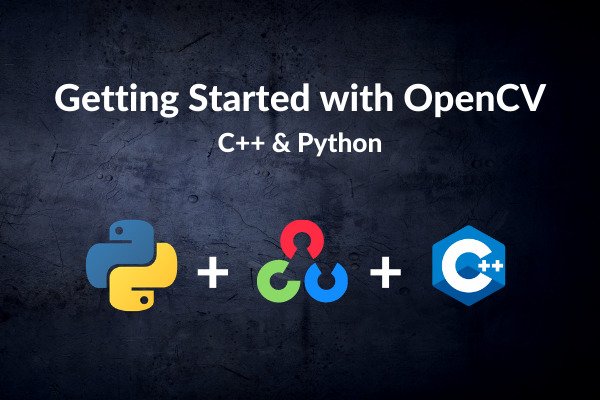
The library has more than 2500 optimised algorithms, including an extensive collection of computer vision and machine learning algorithms, both classic and state-of-the-art.Using OpenCV it becomes easy to do complex tasks such as identify and recognise faces, identify objects, classify human actions in videos, track camera movements, track moving objects, extract 3D object models, generate 3D point clouds from stereo cameras, stitch images together to generate an entire scene with a high resolution image and many more. This library is based on optimised C / C++ and supports Java and Python along with C++ through an interface. Gary Bradsky invented OpenCV in 1999 and soon the first release came in 2000.

There are some predefined packages and libraries that make our life simple and OpenCV is one of them. OpenCV, as a BSD-licensed software, makes it simple for companies to use and change the code. OpenCV was created to provide a shared infrastructure for applications for computer vision and to speed up the use of machine perception in consumer products.


OPENCV C TUTORIAL SOFTWARE
OpenCV ( Open Source Computer Vision Library) is an open source software library for computer vision and machine learning. In more simpler terms we can say that a digital image is actually formed by the combination of three basic colour channels Red, green, and blue whereas for a grayscale image we have only one channel whose values also vary from 0-255. All other colours are represented by the numbers between 0 and 1.īut usually, you will find that for any colour image, there are 3 primary channels – Red, green and blue and the value of each channel varies from 0-255. The darker pixels are represented by a number closer to the zero and lighter pixels are represented by numbers approaching one. Here is a hypothetical example of how pixels form an image. So the computer sees an image as numerical values of these pixels and in order to recognise a certain image, it has to recognise the patterns and regularities in this numerical data. But does a computer also see it in the same way? The answer is no.Ī digital image is an image composed of picture elements, also known as pixels, each with finite, discrete quantities of numeric representation for its intensity or grey level. You most probably look for different shapes and colours in the Image and that might help you decide that this is an image of a dog. How does a human mind apprehend an image? When you see the image below,what do you actually see and how do you say what is in the Image? The main objective of this branch of artificial intelligence is to teach machines to collect information from pixels. This data is then turned into a computer-readable language to aid the decision-making process.

This extensive processing helps computers to understand any visual content and act on it accordingly.Ĭomputer vision projects translate digital visual content into explicit descriptions to gather multi-dimensional data. The entire process involves image acquiring, screening, analysing, identifying and extracting information. As already mentioned above, It’s a subset of artificial intelligence which collects information from digital images or videos and processes them to define the attributes. The term essentially means giving a computer the ability to see the world as we humans do.Ĭomputer Vision is a field of study which enables computers to replicate the human visual system. The term Computer Vision (CV) is used and heard very often in artificial intelligence (AI) and deep learning (DL) applications.


 0 kommentar(er)
0 kommentar(er)
